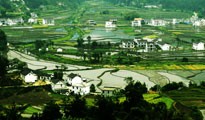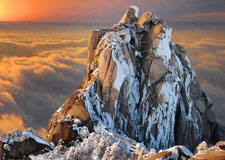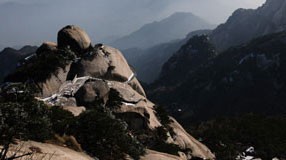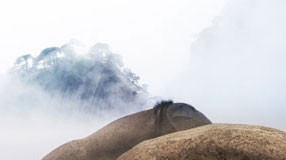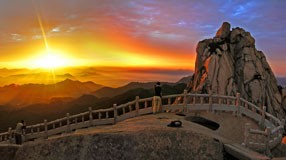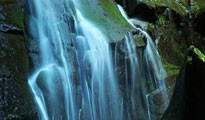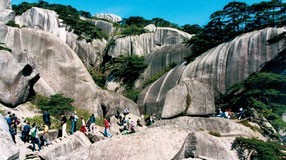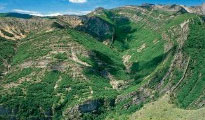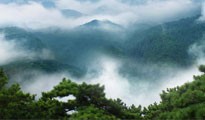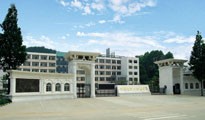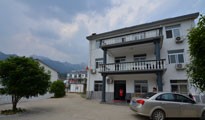Igneous rocks are those that started
as a hot, molten liquid called magma. The term “igneous” comes from a Greek
word that means “from fire”. Pools of magma form deep underground and slowly
work their way to the Earth’s surface. If they make it all the way, the liquid
rock erupts and is called lava. As the layers of lava build up they form a
mountain called a volcano. Volcanic rocks cool rather quickly so large minerals
crystals do not have a chance to form. Some typical volcanic rocks include
obsidian, basalt, and pumice.
In many cases magma does not have
enough energy to make it all the way to the surface. Instead it begins to cool
underground. This is a slow process that allows large mineral crystals to form.
Rocks that form this way are called “plutonic rocks”, named after Pluto, the
Greek god of the underworld. We find these rocks at the Earth’s surface only
after erosion has worn away the layers of rock above. Some of the most common
plutonic rocks are granite, diorite, and gabbro.
There are two basic types: 1) intrusive igneous rocks such as diorite,
gabbro, granite and pegmatite that solidify below Earth's surface; and 2)
extrusive igneous rocks such as andesite, basalt, obsidian, pumice, rhyolite
and scoria that solidify on or above Earth's surface.
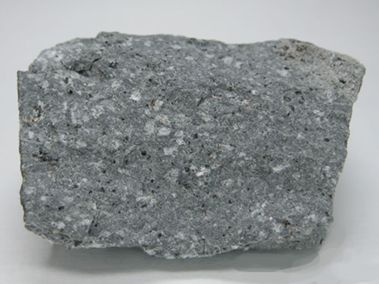
Andesite is a fine-grained, extrusive
igneous rock composed mainly of plagioclase with other minerals such as
hornblende, pyroxene and biotite.
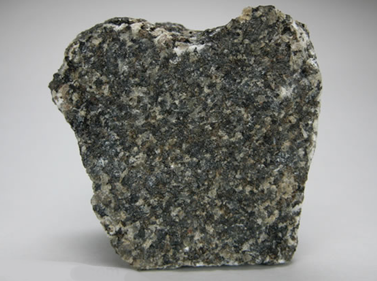
Gabbro is a coarse-grained, dark
colored, intrusive igneous rock that contains feldspar, augite and sometimes
olivine.
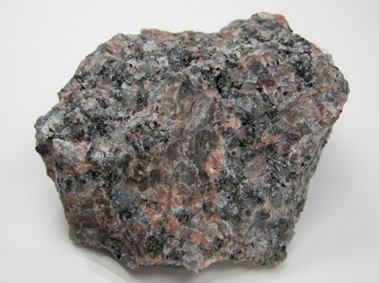
Granite is a coarse-grained, light
colored, intrusive igneous rock that contains mainly quartz and feldspar
minerals.
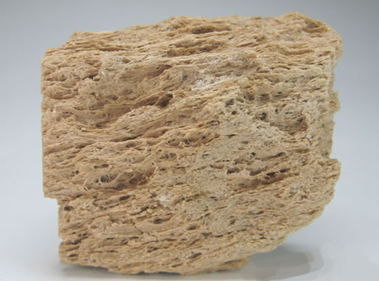
Pumice is a light-colored vesicular
igneous rock. It forms through very rapid solidification of a melt. The
vesicular texture is a result of gas trapped in the melt at the time of
solidification.

























